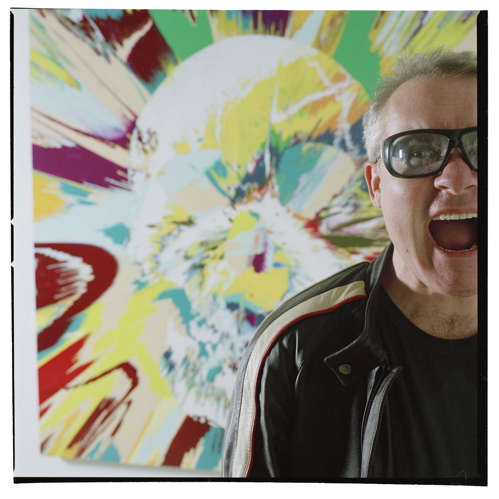
Over time I've eaten less meat, and this hasn't been out of a concerted effort, but more of an organic development. I grew up in Iowa after all, and meat was anything but scarce. The fact that I was two generations away from a lineage of butchers made the staple of animal protein even more prevalent. Knives were sharpened by hand near the butcher block which is a solid cross section of an old growth tree almost four feet across. Out on my own, my cooking often revolved around meat, usually chicken, which I got very good at, especially preparing on the grill. Subtle was the change, though, that meat began to appear less. My pasta sauces began to lack any sausage or chicken, letting vegetables take the center stage in a recipe. Pasta itself has dwindled to almost no presence in my diet. Again, this was not due to any effort to omit it, pasta just got replaced first by white rice and later by brown rice and quinoa.
So with all of those realizations in mind, I approached this subject of making my own chorizo. I love the idea of green chorizo, and it's a flavor combination that I haven't had, at least not in that form. My devotion to simplicity in my kitchen set up has kept me from owning a meat grinder as I am staunchly against owning specialized items like that. My habits hardly warrant something that only has one function. Storage is an issue, but also I can be realistic that I really only need a certain number of staple utensils or tools to prepare everything I will ever eat, though I wouldn't mine having a tortilla press, so it's not a rock hard rule. So I'm limited to store bought ground pork, which I found rather gross, super fatty, and really not tasty in any way. After trying to eat some of this pork in various dishes, I just couldn't bring myself to eat it, so I've been left with this recipe for green chorizo that may be left unprepared. What I turned to was one of my staple grains, quinoa, and I discovered a salad that was rather tasty, and it's resemblance to dip only made it more popular with other Mexican styled dishes.
Ingredients:
- 1/2 cup Tomatillo salsa (see previous post)
- 1 batch quinoa prepared (1 cup dry cooked in 2 cups water)
- 1/3 cucumber
- 2 fresh tomatoes
- 2 green onions chopped
- 1/4 chopped red onion
- 1 avocado chopped
- 1/3 cup crumbled queso fresco
- Salt and pepper
*You could also add fresh cooked corn off the cob, beans, edamame, other fresh herbs, or even grilled veggies, chicken, or tofu.
This is simple to prepare, as it's basically chopped up veggies mixed into cooked quinoa. To speed it up, when the grain was done I spread it out on a baking sheet and put it in the freezer while I prepared other ingredients. It cooled in about 15 minutes with a stir every 5 minutes or so. The cheese I added last so it didn't get too lost in the mixing. The dressing was essentially a salsa, so the whole dish had a tangy full-of-cilantro flavor. Very nice with a bean salad, warm tortillas, or grilled vegetables. We dined on this at a back alley barbecue in downtown Kansas City, highrise towers and bad graffiti all around us. I might be living in a very concrete heavy place, but it was nice to see that we weren't deprived of summer flavors and good times.
One last tip in case you have plans to make this and keep it. The veggies, especially cucumber, can be a bit fragile in the presence of lime juice or vinegar over time, so it might be better to use squash or other sturdier options as you might find mushy cucumber just a day away from when you prepared this. You could always keep the ingredients separate and make it to order, or just encourage your friends to chow down at a barbecue so you don't have leftovers. It works for a night, but plans can change and there's no reason it can't be enjoyed for days.








